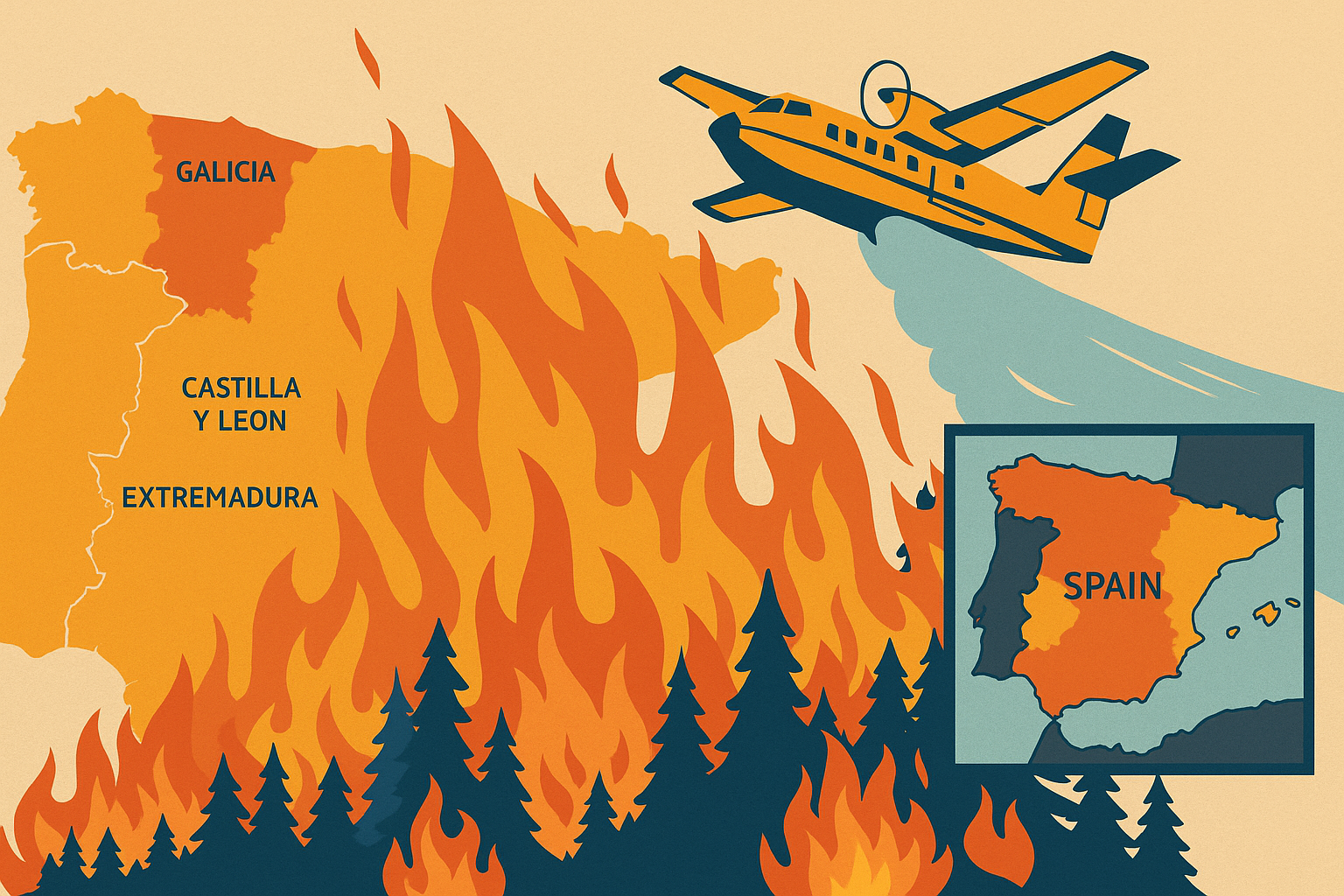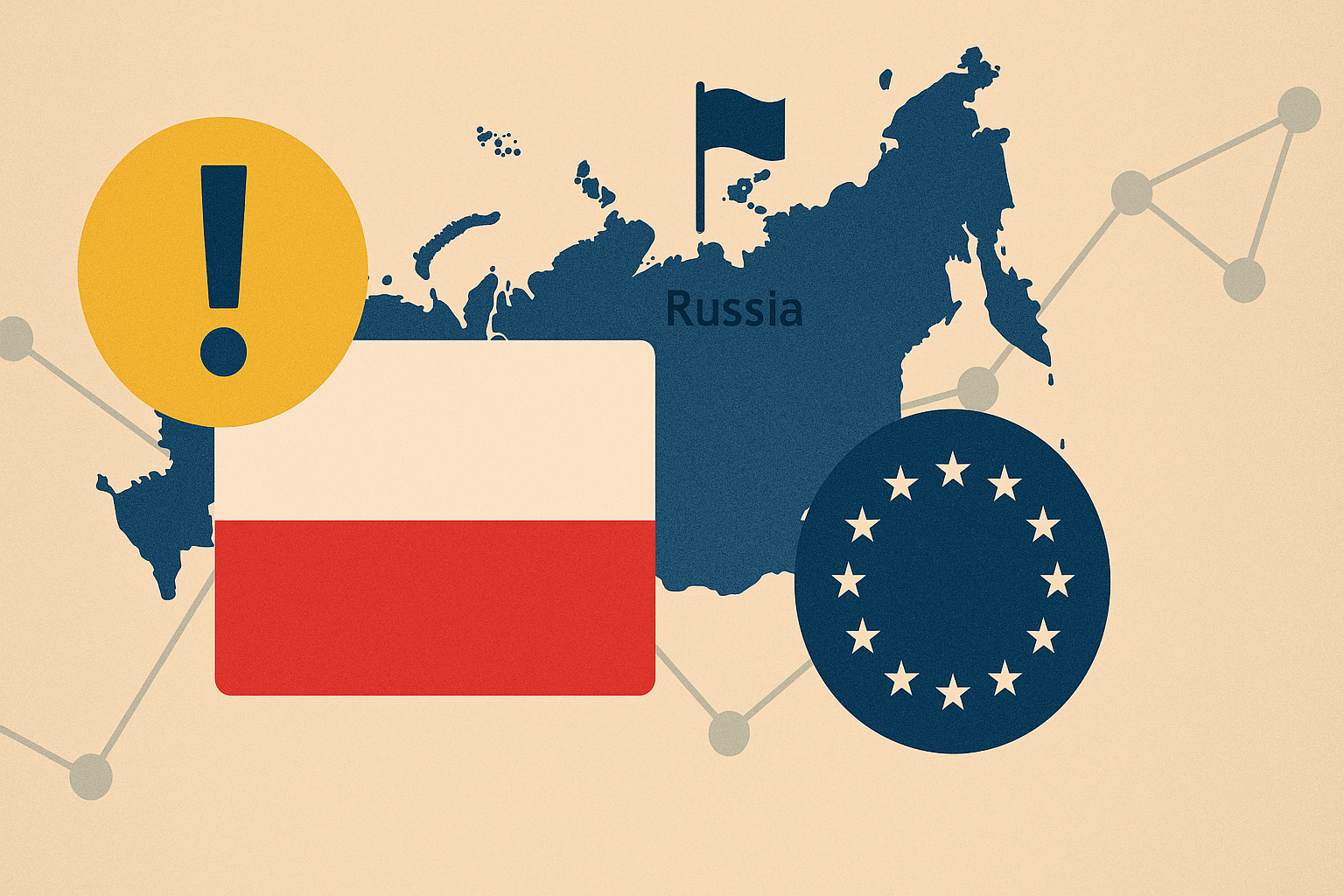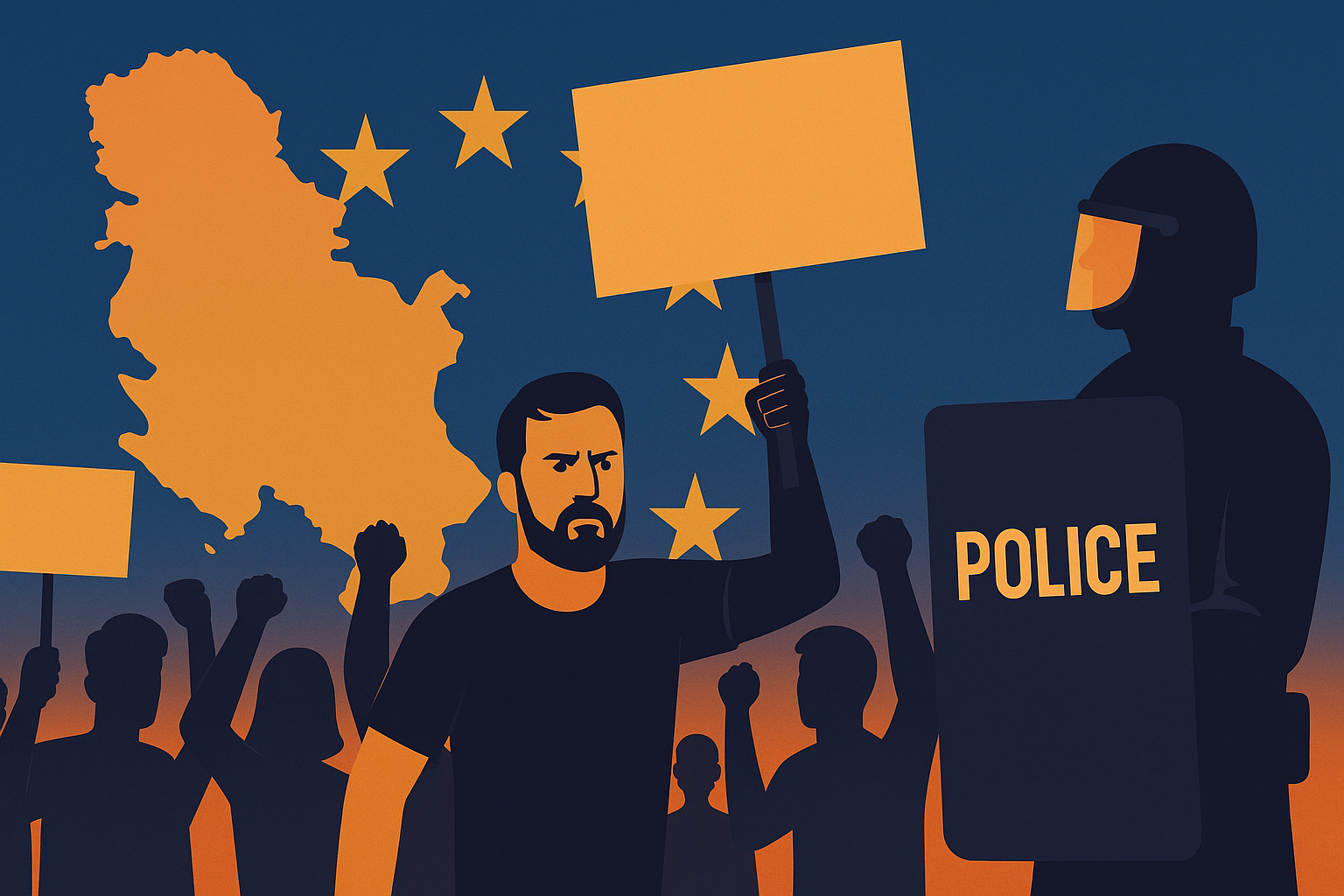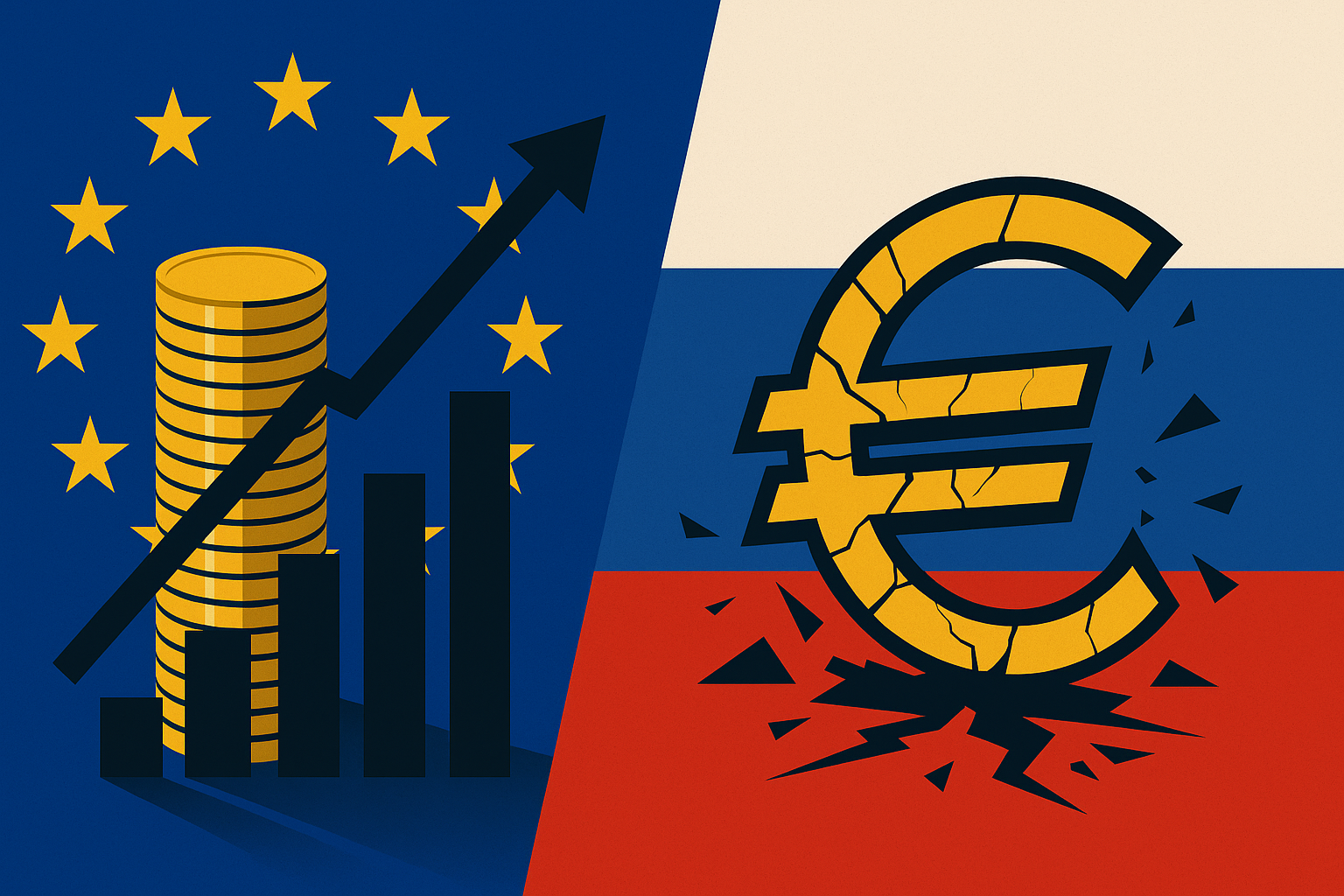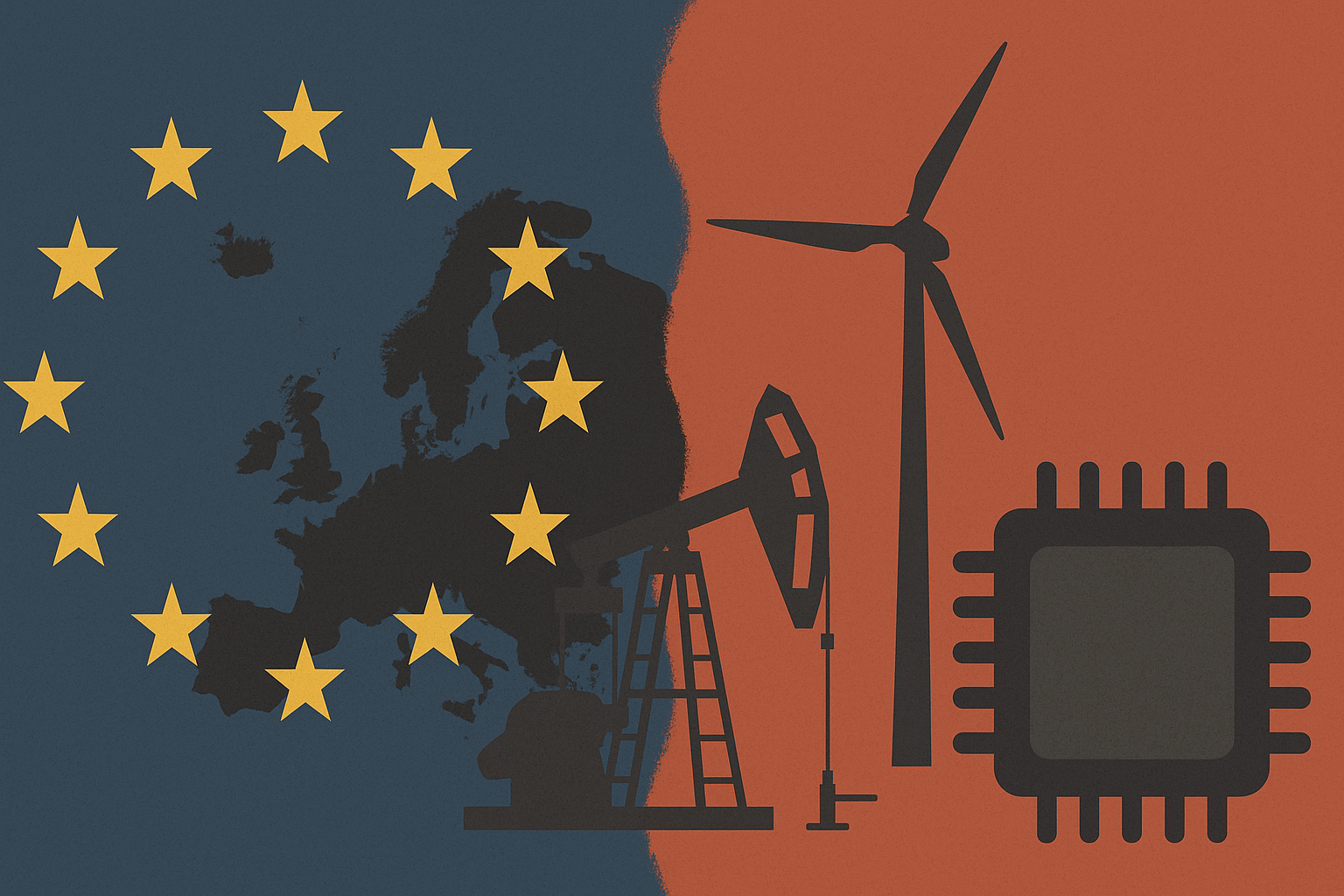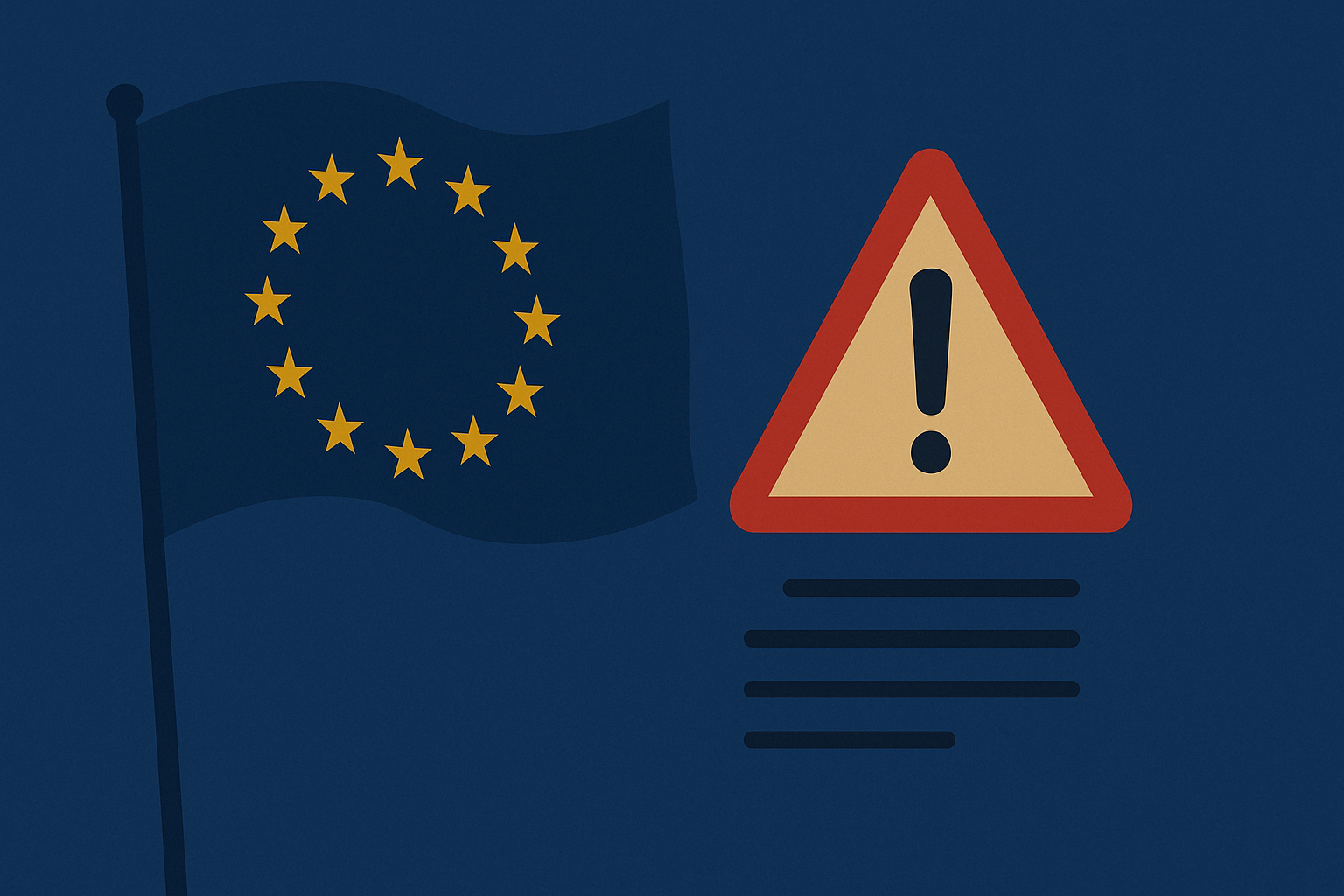Spain is battling one of its most severe wildfire crises in recent years, prompting the largest-ever deployment of the European Union’s firefighting force. Prime Minister Pedro Sánchez confirmed the unprecedented support as multiple regions brace for days of extreme heat and spreading fires.
Rising Temperatures and Escalating Fires
The national weather agency has forecasted temperatures reaching up to 44°C, with several areas already enduring days above 40°C. In Galicia, wildfires have forced the closure of major highways and train routes to Madrid, while in Extremadura, advancing flames are threatening neighbouring Castile and León. The situation has also disrupted the famous Camino de Santiago pilgrimage route, now partially closed due to safety concerns. Officials reported 19 high-risk active fires burning across Spain.
EU Solidarity and Emergency Response
Sánchez described the current situation as “the largest deployment in the history of the European civil protection mechanism,” acknowledging assistance from France, Slovakia, Germany, the Netherlands, and others. The EU’s civil protection mechanism — created in 2001 — has already been activated more than 16 times this year, surpassing all of 2024. This marks the first time Spain has requested such help.
“The climate emergency is accelerating, becoming more serious and frequent, especially in regions like the Iberian Peninsula,” Sánchez warned.
Regional Impact and Portugal’s Struggles
In neighbouring Portugal, Prime Minister Luís Montenegro labelled the wildfires as “unparalleled”, noting that the country has endured 24 consecutive days of extreme weather conditions, exhausting communities and emergency crews.
Southern Europe as a whole is grappling with one of its worst wildfire seasons on record, with Greece, Turkey, France, Slovakia, and Balkan nations also battling widespread blazes.
Climate Change Driving the Crisis
Scientists stress that climate change is directly fuelling the surge in wildfires. Akshay Deoras, a researcher at the University of Reading, explained that prolonged heatwaves are drying out soil and vegetation, “turning landscapes into tinderboxes.” He added:
“Heatwaves are becoming more intense and frequent due to climate change, which means climate change is directly fuelling wildfires. What we are seeing across Europe right now is a clear example of how extended hot and dry conditions are making wildfires fiercer and harder to control.”
With Europe warming faster than the global average since the 1980s, experts warn that such crises will become increasingly common, challenging the region’s emergency response capacity.


